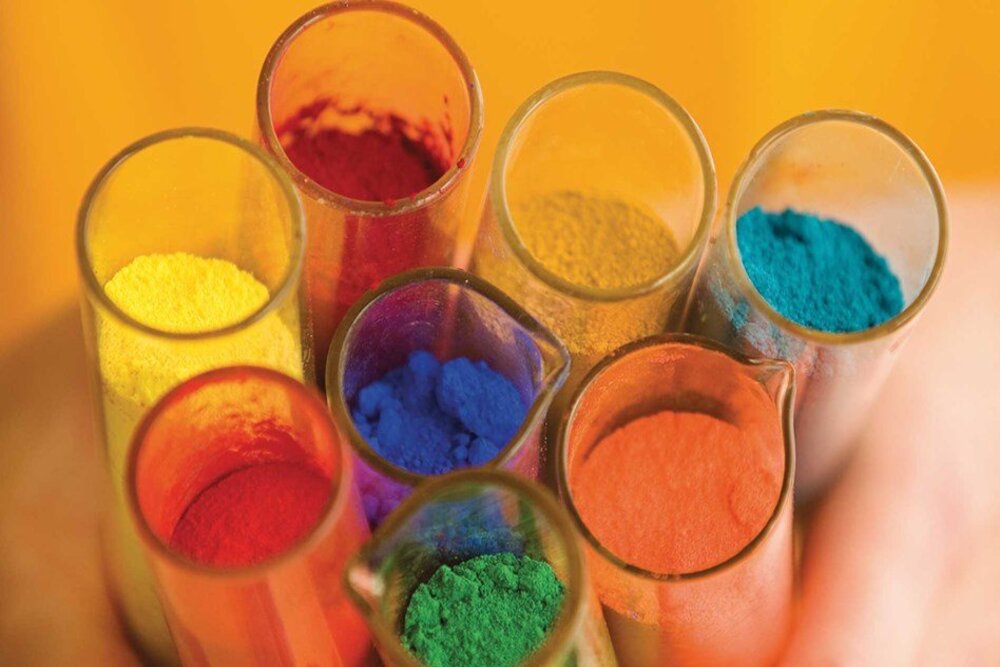

Market Overview:
The Organic Dyes Market is experiencing consistent growth, driven by Rising Demand in Textile and Leather Industries, Growing Popularity of Eco-Friendly and Natural Colorants, and Innovations in Application-Specific Dye Formulations. According to IMARC Group's latest research publication, "Organic Dyes Market Size, Share, Trends and Forecast by Product, Source, Application, and Region, 2025-2033", The global organic dyes market size was valued at USD 4.3 Billion in 2024. Looking forward, IMARC Group estimates the market to reach USD 6.5 Billion by 2033, exhibiting a CAGR of 4.6% from 2025-2033.
This detailed analysis primarily encompasses industry size, business trends, market share, key growth factors, and regional forecasts. The report offers a comprehensive overview and integrates research findings, market assessments, and data from different sources. It also includes pivotal market dynamics like drivers and challenges, while also highlighting growth opportunities, financial insights, technological improvements, emerging trends, and innovations. Besides this, the report provides regional market evaluation, along with a competitive landscape analysis.
Grab a sample PDF of this report: https://www.imarcgroup.com/organic-dyes-market/requestsample
Our report includes:
Growth Drivers in the Organic Dyes Market:
The textile and leather industries continue to be major consumers of organic dyes due to their ability to impart vibrant, long-lasting color to a variety of natural and synthetic fibers. With the global textile sector rebounding post-pandemic and consumers increasingly seeking colorful and customized apparel, the use of organic dyes is expanding in fabric dyeing, garment printing, and leather finishing. Moreover, the rise of fast fashion, coupled with e-commerce growth, has led to higher demand for rapid dyeing solutions that maintain quality and sustainability. In leather, organic dyes are preferred for their deep penetration, soft hand feel, and lower toxicity—especially important in high-end footwear and automotive upholstery applications.
The transition toward environmentally conscious manufacturing practices is propelling the use of organic dyes derived from renewable sources like indigo, cochineal, turmeric, and beetroot. These natural dyes appeal to eco-conscious consumers and brands striving to minimize ecological footprints and meet global environmental standards such as REACH and GOTS. In personal care products, natural colorants offer hypoallergenic and non-toxic alternatives, while in food packaging, they align with clean-label and non-synthetic trends. Additionally, global brands are adopting plant-based dye solutions to boost sustainability credentials, reduce wastewater pollution, and support biodiversity through responsible sourcing.
R&D efforts are advancing the capabilities of organic dyes for use in specialized formulations that meet the performance demands of industries such as cosmetics, pharmaceuticals, and digital printing. For instance, heat-resistant organic dyes are used in high-temperature processes such as plastic molding and fiber extrusion. In cosmetics, long-wear and skin-safe organic dyes are now formulated to resist fading and offer deeper pigmentation. In digital textile printing, dyes engineered for high resolution and rapid absorption are enhancing fabric detailing and print durability. These innovations are enabling greater customization, faster production cycles, and improved functional performance across a range of substrates and sectors.
Key Trends in the Organic Dyes Market: